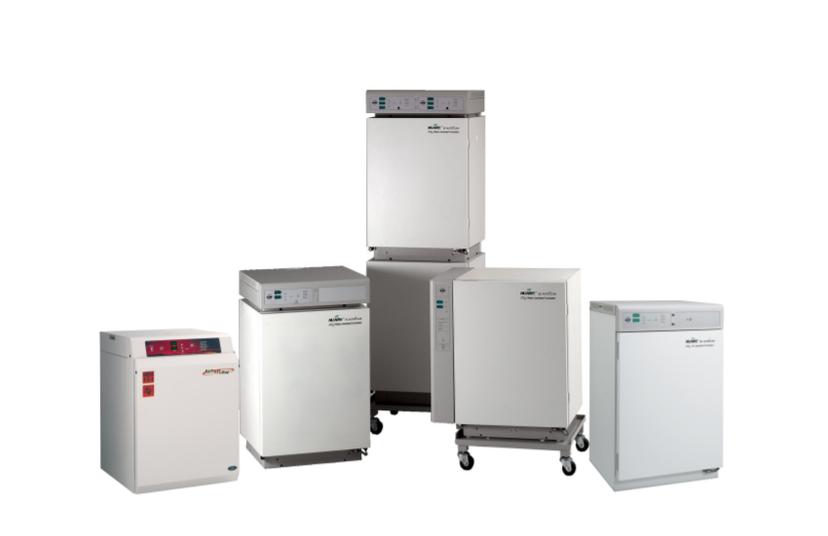7 Ways to Get the Best from your CO2 Incubator
19 Dec 2016

Learn about key considerations to improve the performance of your CO2 incubator
In today’s dynamic laboratories, the effectiveness of all equipment can depend on any number of variables - and CO2 incubators are certainly no different. There are several key factors which can improve – or damage – the quality of culture growth – and it’s vitally important that all lab staff are made aware of these. To help navigate the potential pitfalls that could lead to reduced performance, NuAire has produced a white paper to help you make the most of your incubator.
1. Choose the correct design
The design of a CO2 incubator is critical to culture growth. Culture growth is optimal when the incubator properly blends these elements: CO2 gas, temperature, air quality, and relative humidity. The precision with which these elements are combined will determine how effective the growth environment shall be.
2. Set it up the right place
Keep your incubator away from any changing air flows and keep windows closed. To avoid having to move the equipment, always ensure there is enough room around it for servicing and electrical safety testing.
3. Establish a consistent power source
Surge protectors are recommended to prevent voltage spikes from permanently damaging the electronics. The power source must be grounded, and voltage should vary no more than 5% to provide consistent electricity to the incubator.
4. Be wary of potential room contamination
When the incubator door is opened, a rapid exchange of air and humidity occurs between the chamber and surrounding room, which may contaminate the incubation chamber. Air will continue to circulate around the chamber and the room until air pressure, temperature, humidity, and CO2 are equalized.
5. Use an effective filter
An incubator fitted with a High Efficiency Particulate Air (HEPA) filtered fan system will continuously remove airborne particulates and contaminants. They have been shown to be very effective but need to be replaced every two years or so.
6. Keep vibrations to a minimum
Culture growth can be affected by excessive vibrations, so to avoid this fans should use balanced motors and fins which meet a vibration specification.
7. Keep the equipment clean
Routine cleaning is vital to preventing contamination within the growth chamber so interior components should be designed to minimize the time, effort, and risk of contamination during cleaning.
